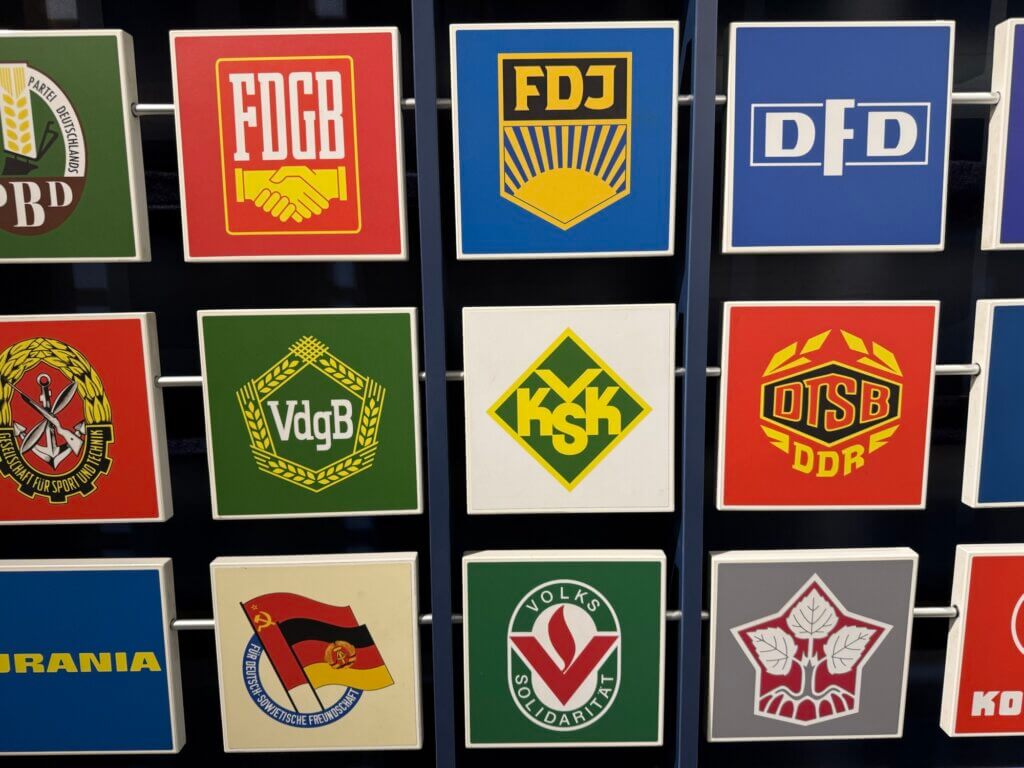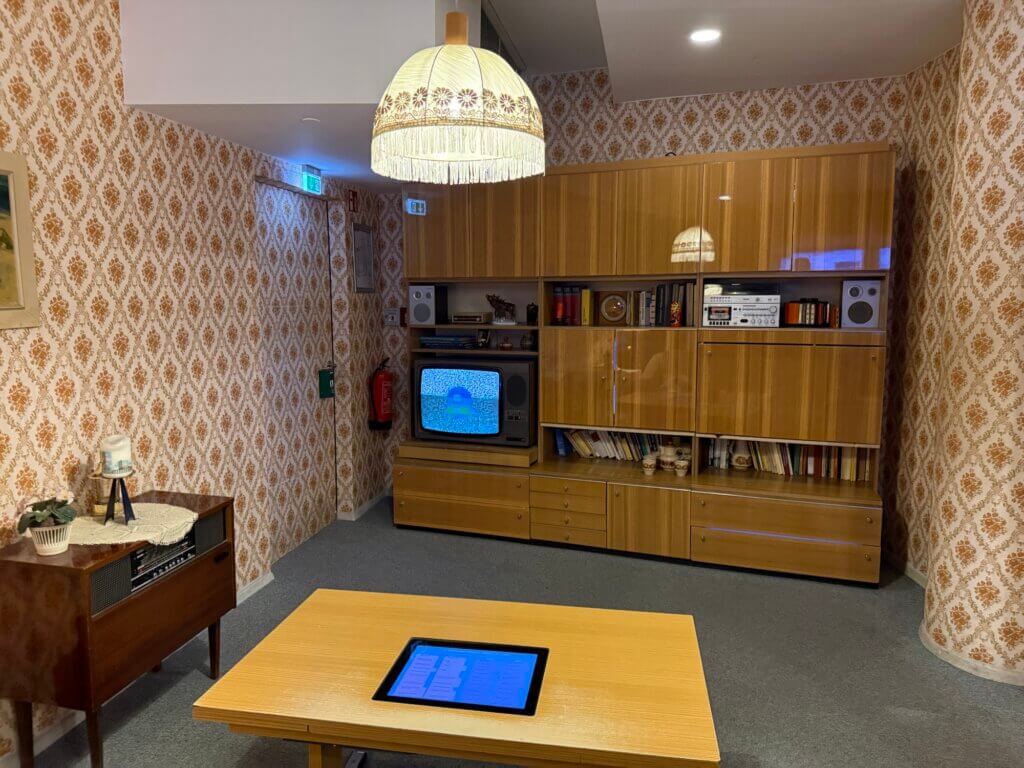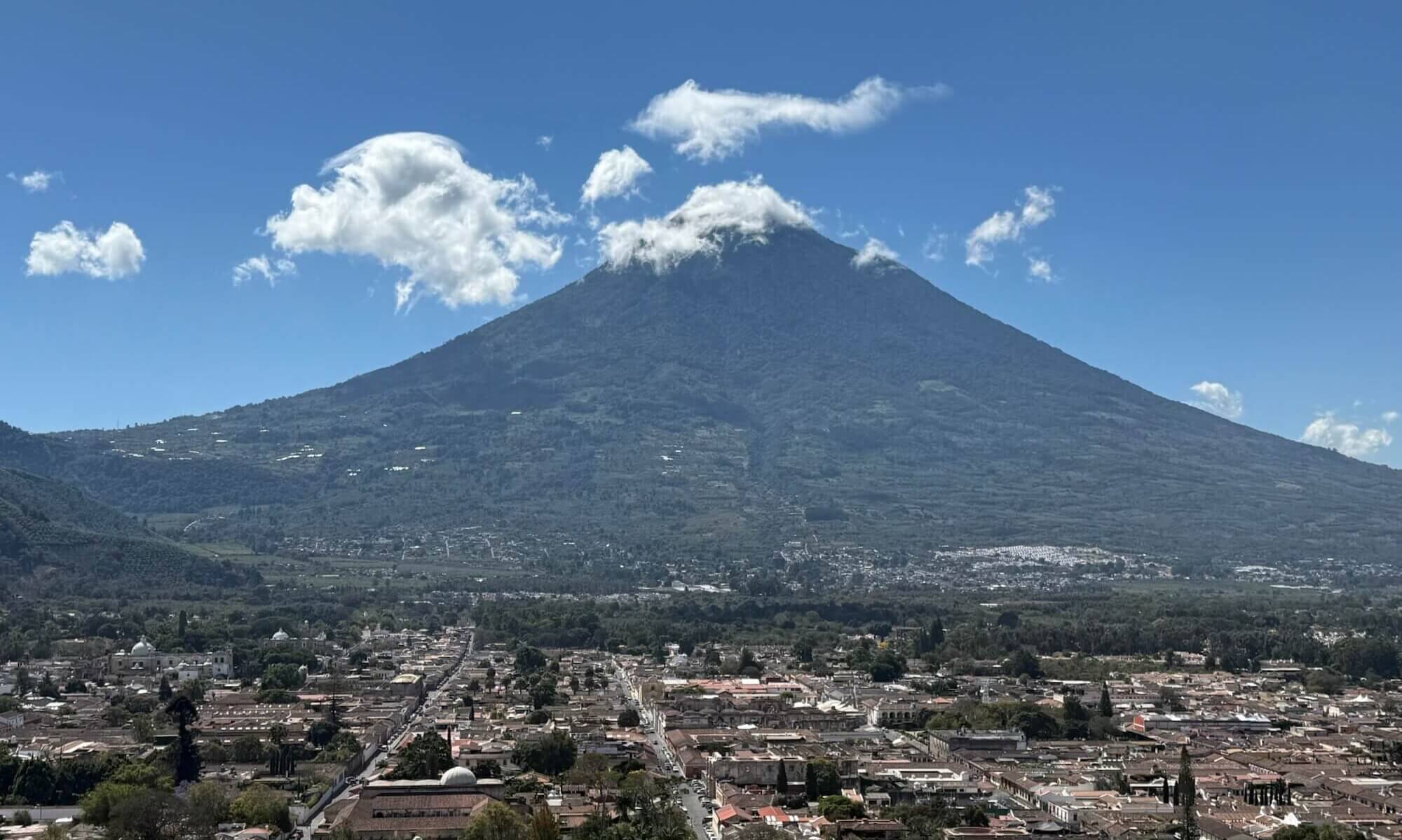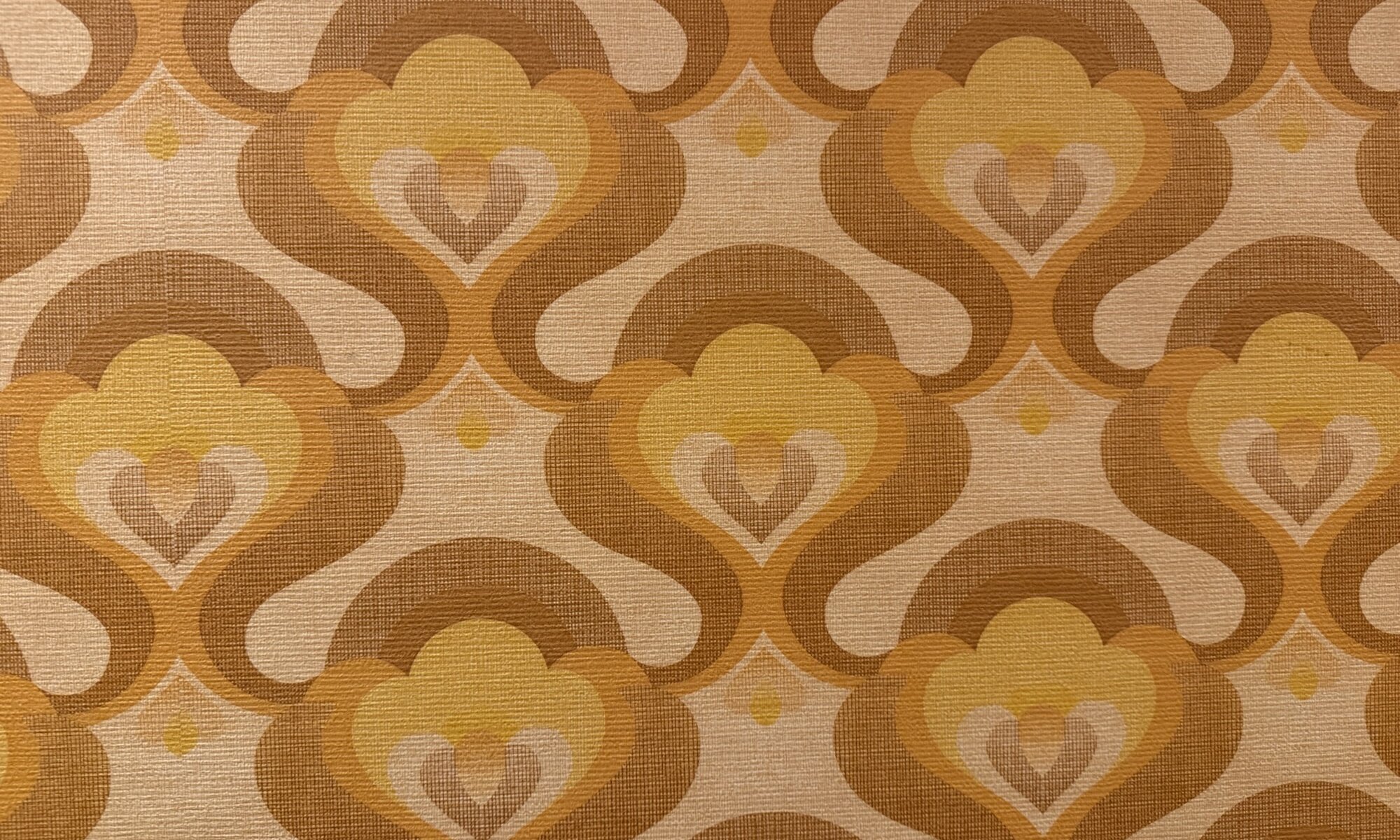The DDR-Museum in Berlin offers a vividly immersive journey into life behind the Iron Curtain, capturing the everyday experiences of citizens in the former East Germany. Unlike many traditional museums, it favours interactivity, encouraging visitors to open cupboards, sit in reconstructed living rooms, or even take the wheel of a Trabant car in a simulated drive. Its design brings history to life not only as political or military events but also through the objects, fashions, and domestic routines that defined existence in the German Democratic Republic. The museum’s central character lies in its hands-on approach, inviting curiosity and participation rather than passive observation.



Walking through its reconstructed spaces, one encounters a faithful replica of a typical East German flat, complete with patterned wallpaper, sturdy furniture, and the soft hum of state-owned electronics. Exhibits extend beyond domestic life to cover themes such as education, youth culture, holidays, and the omnipresent role of the state security services. Shelves and display cases reveal everyday consumer goods, toys, and foods, contrasting the scarcity and creativity that marked daily survival with the comforts often taken for granted in the West. Such details allow visitors to grasp how ideology seeped into routines, shaping both public and private spaces.
Interactive installations highlight the contrasts between propaganda and reality, with drawers containing slogans, objects, and photographs encouraging discovery at every turn. Visitors can peek into a Stasi interrogation room, learn about censorship, and experience the weight of surveillance that shadowed citizens. At the same time, the museum presents East Germany as a complex society with joys, culture, and achievements alongside restrictions. It balances nostalgia and critique, illustrating how people lived, celebrated, and coped under a socialist regime while underlining the limits of personal freedom.
The German Democratic Republic (DDR) was a socialist state established in 1949 in the Soviet-occupied zone of Germany, existing parallel to the Federal Republic in the West. Ruled by the Socialist Unity Party (SED), the DDR presented itself as a workers’ and peasants’ state while tightly controlling political life and restricting movement, most notoriously through the Berlin Wall. Despite efforts to modernise and build a distinctive cultural identity, economic stagnation and growing public dissatisfaction fuelled discontent in the 1980s. Mass demonstrations and the relaxation of border controls in neighbouring states culminated in the fall of the Berlin Wall in November 1989, marking the collapse of the DDR and paving the way for German reunification less than a year later.
DDR-Museum
Berlin
Germany
Loading map...


